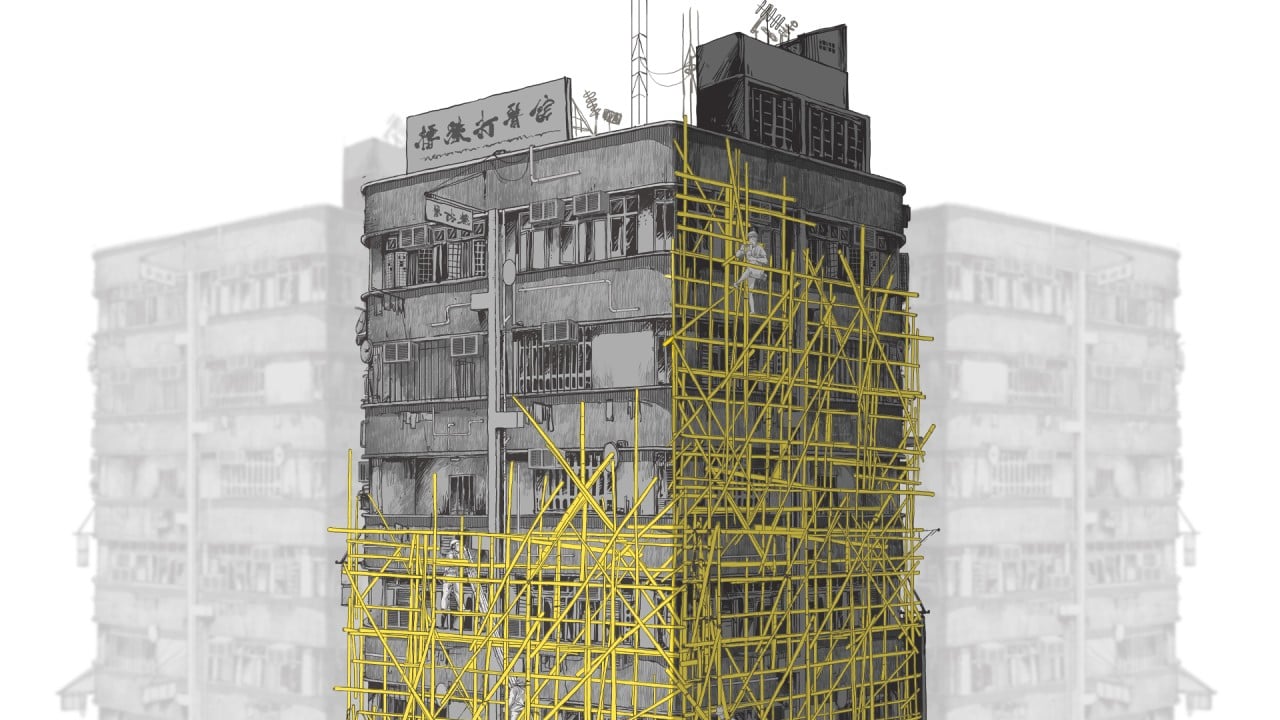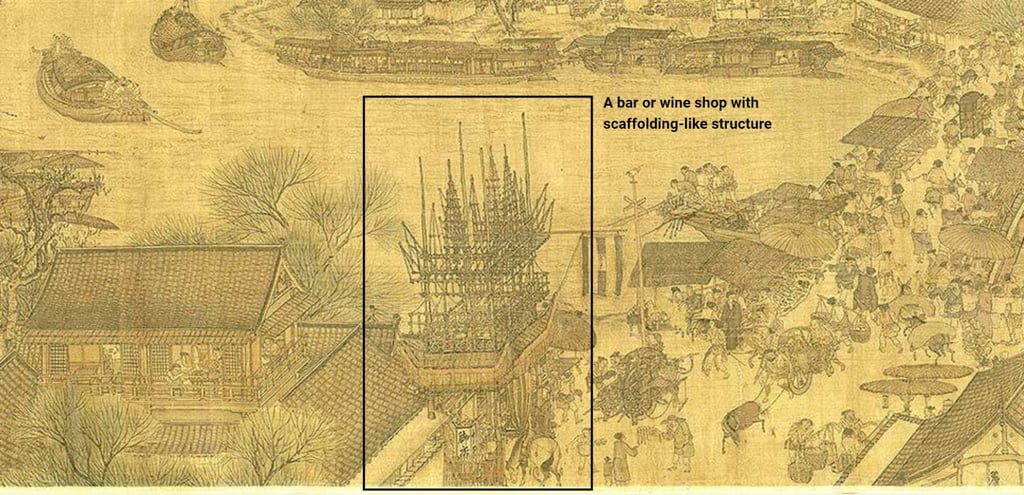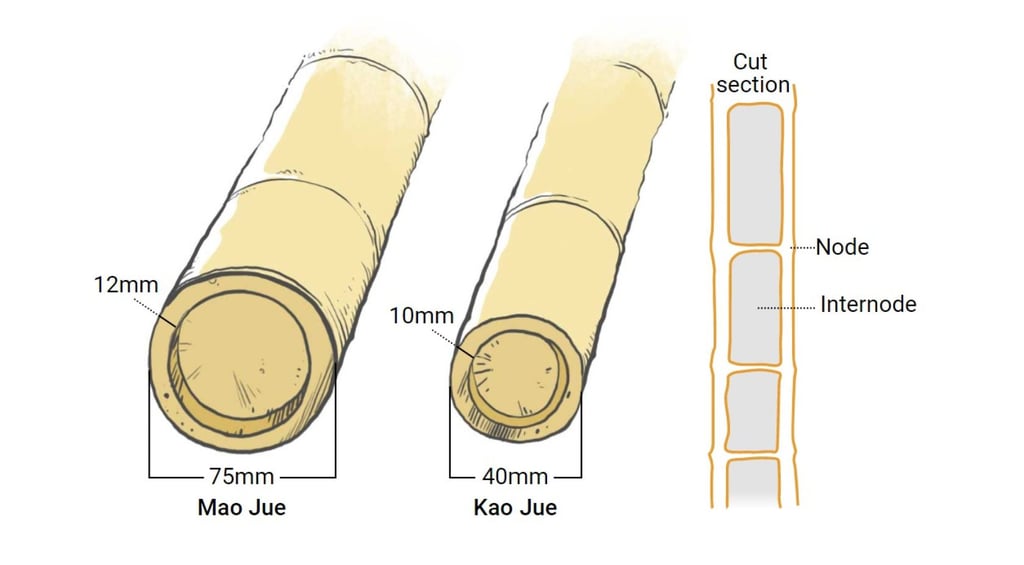Explainer | Why Hong Kong still uses bamboo scaffolding in construction
- Everything you need to know about a material that is flexible, strong and cheaper than steel and aluminium
- Bamboo scaffolding doesn’t require sophisticated machinery or complex tools to erect, just skilled - and brave - workers with nylon ties

05:00
Bamboo scaffolding: why Hong Kong is among the last cities using centuries-old building method
Hong Kong is one of the last places in the world where bamboo is still widely used for scaffolding in construction. It’s flexible, strong and cheaper than steel and aluminium — metal alternatives that are now more commonly used in mainland China and elsewhere in Asia.
In Hong Kong, skilled armies of scaffolders can erect enough bamboo to engulf a building in a day — even hours — using techniques that are thousands of years old, and have been passed down through generations.
How long has bamboo been used in construction?
Throughout Chinese history, bamboo has been widely used in construction. Bamboo scaffolding can be seen in one of China’s most treasured works of art, Along the River During the Qingming Festival. The piece, by imperial artist Zhang Zeduan (1085-1145), is famous for its depiction of day-to-day street life along the Bian River in Bianjing, which was the capital of the Northern Song dynasty.

Why bamboo?
Bamboo is one of the fastest-growing plants in the world, and in some cases can grow 60cm a day, and eventually 40 metres tall. Bamboo has thick underground roots called rhizomes, which can grow quickly, creating new shoots metres away. Bamboo’s internal cell-like structure allows it to withstand compression, making it an ideal material for scaffolding.
Compared to steel, bamboo is much lighter, six times faster to erect and 12 times faster to dismantle. It’s also a fraction of the cost. Bamboo scaffolding doesn’t require sophisticated machinery or complex tools to erect, just skilled workers with nylon ties. If properly erected, bamboo scaffolding can be stronger than steel and far more flexible. The resulting structure is also easy to modify, if necessary. Bamboo scaffolding can be used for entire structures, or part of them. In Hong Kong it is common to see “bamboo balconies” jutting from the sides of buildings where renovations are being carried out on individual units, many floors up. A bamboo pole can also be cut to fit an awkward space, which is ideal for Hong Kong, where construction spaces can be tight amid the densely packed maze of buildings.

In Hong Kong, two types of bamboo are used in most scaffolding: Kao Jue (pole bamboo) and Mao Jue (hair bamboo). Mao Jue is thicker and stronger, about 75mm in diameter, with walls at least 10mm thick. It is used as the load-bearing support. Kao Jue is thinner, about 40mm wide, and is used for platforms, bracing and horizontal support. All bamboo is at least three years old, and dried for at least three months. Each piece is about seven metres long, can be stored in the open, and typically usable three times before it starts to bend, split and weaken.
Who are the scaffolders who climb bamboo?
